I was perplexed at the outcome of a recent meeting with a prospective client. It was with a business owner referred to me from a current client. This owner clearly was motivated to grow his business but was “stuck in a rut”. In discussing the terms of engagement, he recognized the value and cost-benefit of my services. It was a positive meeting resulting in scheduling our first regular client meeting.
Two days later the owner emailed to cancel this next meeting stating he was “just too busy to take the time.” Needless to say, I was surprised. Could he have found and hired another consultant? Or was my fee to steep? My current client who referred this person assured me the owner could afford the fee and had not hired someone else. My client said this had become a pattern for this owner; identifying potential solutions but never carrying through on them.
This got me thinking of others I knew in the same situation as well as clients who understood the benefit of my advice but hesitated in making the decision to move forward. So I started researching this phenomena and was enlightened by the results.
What is Decision Fatigue?
As business owners, we are bombarded with decisions every day, all day. Researchers have dubbed the result as “Decision Fatigue”. For some it can be exhausting. Others may not even be aware of it. The consequences are the same either way: Rash, quickly made decisions without considering their long-term effects or taking the safe, easy route or never making the decision at all. And, as summarized in an an article on the topic, the magnitude and impact of the decisions are irrelevant. Rather, the trigger is the number of decisions encountered.
So how do you avoid decision fatigue? After all, these decisions have to be made. Here are some solutions which also have the added benefits of increasing productivity, boosting creativity and stimulating growth.
Scheduled Breaks increase Productivity
If we are not actively “doing something” it feels as if we are being lazy. It turns out regularly scheduled breaks increase productivity. A study I referred to previously shows how putting aside 15 minutes daily for reflection on lessons learned actually increases productivity by 23%. In another study office workers devoted 30 minutes during lunchtime to walking in small groups. The result was reduced stress and improved mood both of which are linked to increased productivity.
Deliberate Rest boosts Creativity
We usually associate a higher level of status to someone who works long hours. This often comes at the cost of sleep, family time and vacations. Another, often ignored cost is creativity. MRI imagining has shown your mind doesn’t stop working when not focused on a task. In fact, during periods of “deliberate rest” your brain functions differently, utilizing alternative connections, resulting in enhanced creativity. Recognizing these benefits from “time “off”, some HR departments have asked experts such as Travel Simplicity’s Jason Holland to speak to their companies’ executives about the benefits of vacations.1 Personally, I often find my daily bicycle ride ending with me in front of my computer recording ideas and solutions I was “stuck on” prior to the ride.
Documenting Processes & Creating Structure stimulates Long Term Growth
This brings us back to the question: How do you make the decisions needing to be made and still avoid decision fatigue? Most decisions that owners make can be grouped into three categories. 1. Broad, strategic decisions; 2. Day-to-day management decisions; 3. “How is this done?” decisions.
“How is this done?” decisions: How many times a day are you faced with staff asking this question? These “little” decisions add up quickly to create decision fatigue. Taking the time to document your company’s processes minimizes these interruptions. Better yet, have the person responsible for carrying-out the process document it (which also offers other benefits).
Day-to-day management decisions: If you wonder how your business could survive without you, it is time to delegate responsibility. For example, one owner I work with was overwhelmed by the constant interruptions. We identified one person on staff who could manage operations. This simple change in management structure freed the owner to focus on what is important.
Board, strategic decisions: This represents the difference between “working-on-your-business” instead of working in it. And two of these early decisions are to document your company’s processes and create the structure you need to focus on the future. In my experience with clients, this is the difference that promotes stability and growth in a business. Additional benefits include increasing the company’s value, reducing your stress and having the time to make clear, well thought-out decisions.
The first step to solving decision fatigue is recognizing the overwhelming number of decisions you make each day. The next step is to make the most important decision: To take action towards reducing this burden.









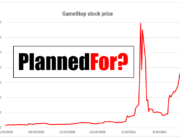




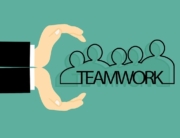




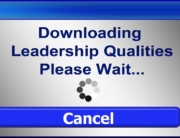


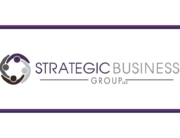


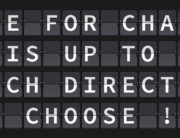






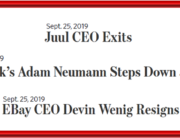




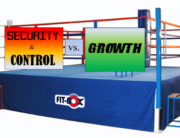


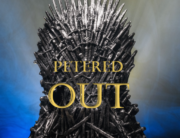
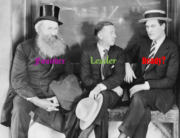






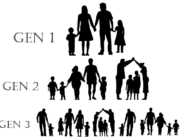


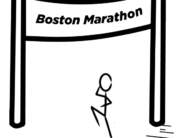
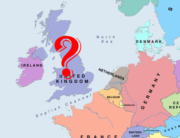
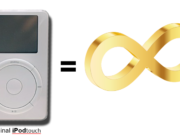













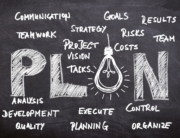

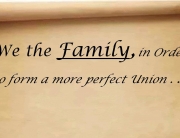


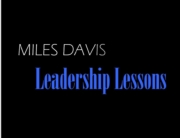

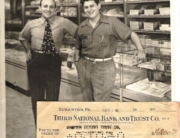
[…] Previous […]